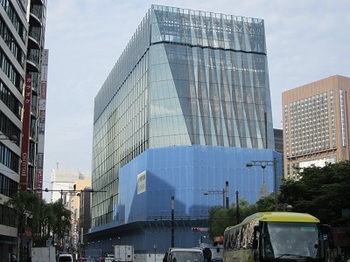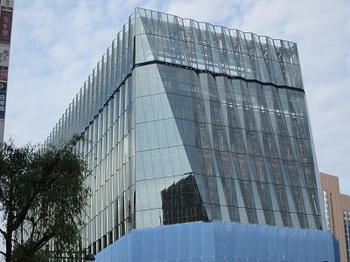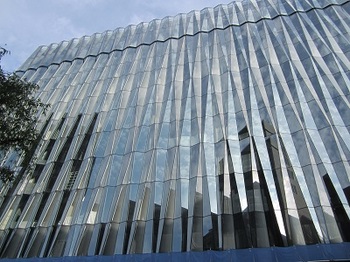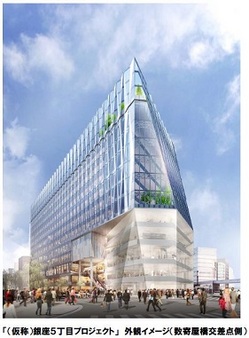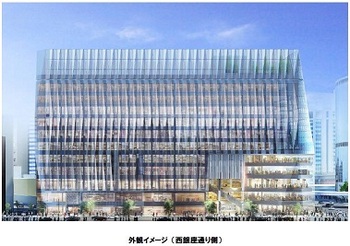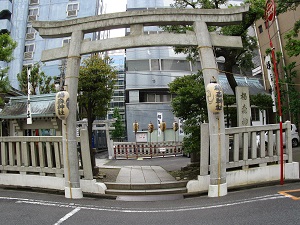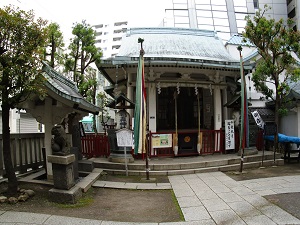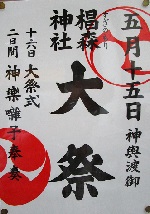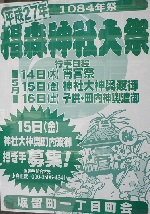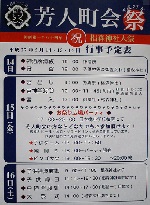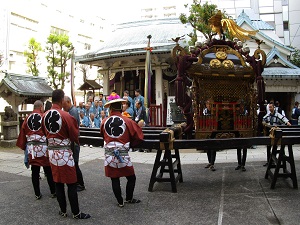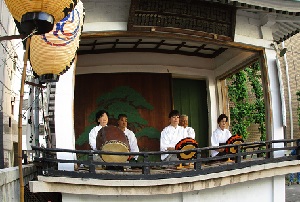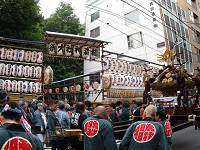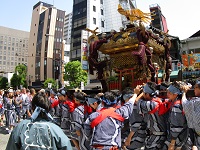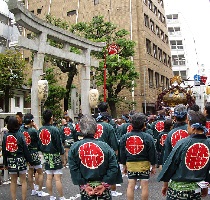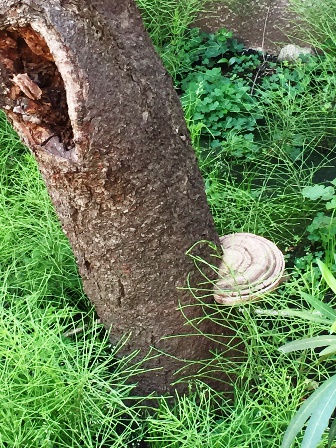A swallow in Ginza.
Swallows flew over the sea several thousand kilometers from Southeast Asia, a wintering area, to Matsuya East Building, one of the three nesting sites confirmed last year.
Originally, it should have nested in the natural environment, but from some point on, swallows coming to Japan are said to not nest except for constantly popular artificial buildings, and have been involved with human lives. Wild birds that have come.
Swallow is migratory bird (summer bird) of the sparrow family.
The head and back are glossy indigo black, the lower surface is white, the forehead and throat are reddish brown, and the chest is thin black belt.
It is said that the first row of the wings stretches long, has excellent flightability, and the tail is a so-called "swan tail shape" with a deep cut, and males tend to be longer than females and narrower.
It preys on insects that live while flying in the air and descends the surface of the water to drink water.
The legs are short and unsuitable for walking, and the structure of the body specializing in flying.
A bowl-shaped nest is built by mixing mud, hay and saliva.
Female and male joint work from nesting to nesting of chicks.
It is said that old nests are often repaired and used.
It hatches in 2 weeks after incubating, and for another 3 weeks, the parent swallow carries food.
In a harsh natural environment where the probability of survival is not necessarily high, the parent bird shows up close and raising chicks hard is impressive.
The season of nesting soon.
Next season, we will welcome the swallows warmly, and we would like to maintain the gentleness of the city that can be watched.
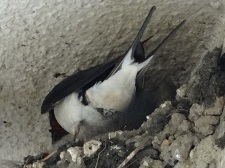
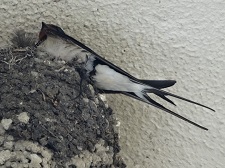
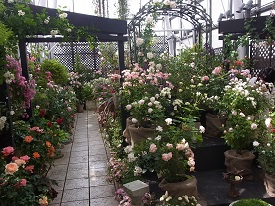
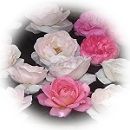 The annual "Rose Garden 2015" has begun at the salon space "Royal Room" with terrace on the 10th floor of FANCL Ginza Square (Ginza 5).
The annual "Rose Garden 2015" has begun at the salon space "Royal Room" with terrace on the 10th floor of FANCL Ginza Square (Ginza 5).














